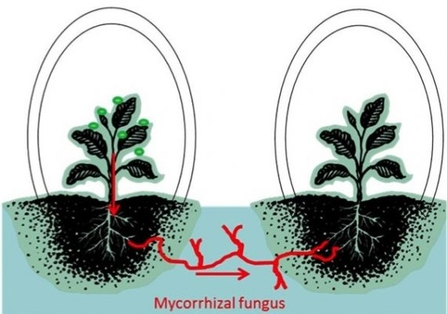Fungi, along with bacteria, are the hidden heroes of our gardens.
If you listen to gardeners’ questions on local radio, you will know that queries like “how damaging are the toadstools that appeared in my garden and how do I get rid of them?” crop up frequently, rather like mushrooms.
The answers have, I hope, moved on from ‘apply fungicides’ or ‘dig them out and change the soil’ to a more tolerant approach, but a check online reveals that many sites give advice about treating ‘infected’ soil, replacing topsoil and/or removing deadwood and mulch. In short, fungi are still seen as a problem.


